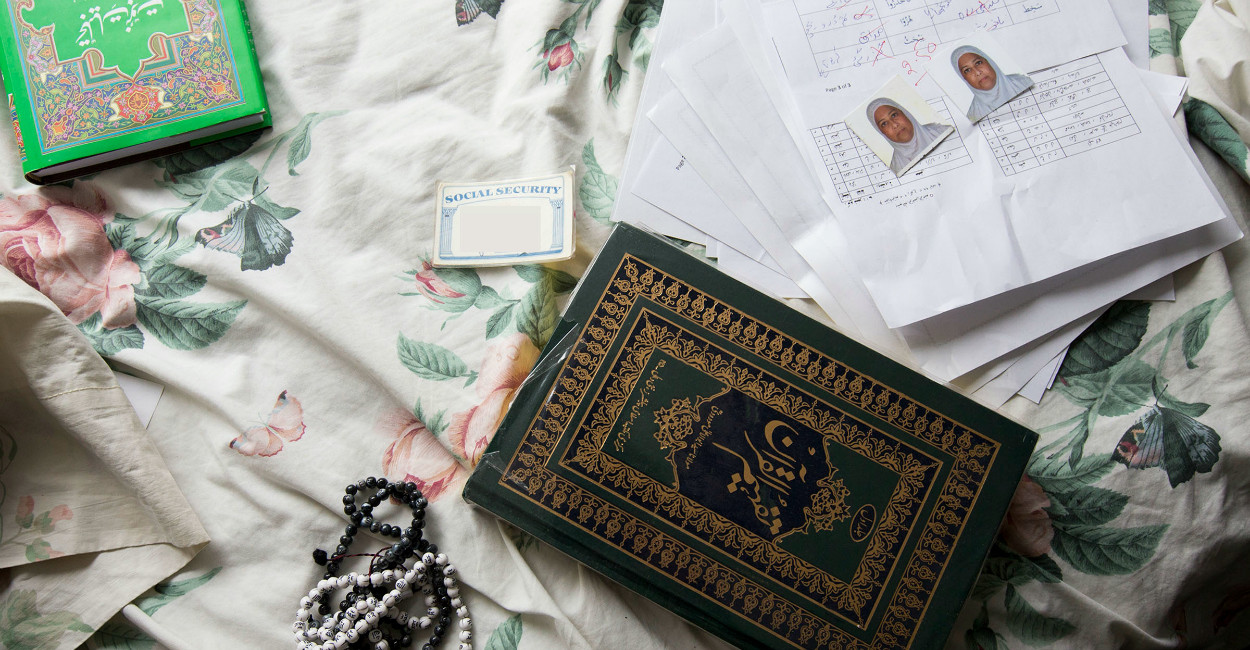Federal Officials Delayed San Bernardino Terrorist Attack Probe
Sharyl Attkisson /
A new report from the Department of Homeland Security inspector general concludes that the field office director at the U.S. Citizenship and Immigration Services “improperly delayed” investigators from Immigration and Customs Enforcement from conducting a “lawful and routine law enforcement action” after the San Bernardino terrorist attack last December.
Inspector General John Roth conducted the investigation at the request of Sen. Ron Johnson, R-Wis., chairman of the Committee on Homeland Security and Government Affairs. Roth notes that the “situation” was “corrected” once the incident was “elevated” to supervisors. But the report provides new evidence that, despite extensive money and effort spent to help federal agencies better coordinate and cooperate, especially when it comes to terrorist-related risks, inter-agency bungling continues.
On Dec. 2, 2015, two Islamic extremist terrorists, Syed Farook and Tashfeen Malik, opened fire at a holiday party where Farook worked. They killed 14 people and injured 22 more before fleeing. The couple was later killed in a shootout with police.
>>> An Interactive Timeline of the 85 Islamist Terror Plots Since 9/11
According to the inspector general, less than 24 hours after the attack, the Homeland Security Investigations division of Immigration and Customs Enforcement was notified that a couple associated with the suspects would be appearing for an immigration appointment at the Citizenship and Immigration Services office in San Bernardino. Homeland Security Investigations dispatched a team to go to the citizenship office “to prevent any possible further attacks” and detain the couple: Mariya Chernykh and Enrique Marquez. Marquez has been identified as the man who purchased two rifles used in the attack.
“The day after a terrorism attack when all those people died, you have a bureaucracy of one federal agency not allowing another to do its job. It’s ridiculous on the face of it,” says one official associated with the investigation.
When the four agents arrived at the federal building in tactical gear, they informed building security they were there on an “urgent matter” to find somebody who may have been connected to the shootings. However, they were told they would have to wait for permission to enter the building from the field office director of Citizenship and Immigration Services.

Pictured here are belongings of Syed Farook and Tashfeen Malik, the shooters in the San Bernardino terror attack. (Photo: Splash News/Newscom)
Instead of admitting the agents, the inspector general report states, the field office director contacted her superior. A chain of notifications and permissions took place while the agents were confined to the lobby for 15 to 20 minutes. Next, they were escorted to a conference room where they met with the field office director and waited another 10 minutes.
Incredibly, the field office director told the agents they were “not allowed to arrest, detain, or interview anyone in the building based on [U.S. Citizenship and Immigration Services] policy, and that she would need to obtain guidance from her superior before allowing them access.” The agents further spoke via telephone with an acting chief for Citizenship and Immigration Services who repeated that they were not allowed to arrest, detain, or interview on the property.
>>> Commentary: DOJ Resists Court Order to Provide Ethics Training for Its Lawyers and Wants to Hide the Names of Illegal Aliens Granted Amnesty
According to the inspector general, the field office director denies telling the agents they could not arrest, detain, or interview on the premises. But the report notes her account was contradicted by other Homeland Security Investigations agents who were there. Building security officials also disputed parts of the field office director’s account.
The alleged obstruction continued, according to Homeland Security Investigations agents, when they requested information from the federal files of Citizenship and Immigration Services. The field office director allegedly refused to provide it. Believing that the field office director was not going to cooperate in their effort to locate a potential suspect, the agents left the building.
Ultimately, the associate director of U.S. Citizenship and Immigration Services determined it was permissible for the agents to access the file and that they should be provided whatever they wanted. By then, more than an hour had passed.
The inspector general concluded that “contrary to the Field Office Director’s assertion, there is no [U.S. Customs and Immigration Services] policy written procedure, or documented standard operating procedures pertaining to arrests, detentions, or interviews” by Homeland Security officials in immigration facilities. The inspector general also found that the agents “should have been granted access to the immigration file in question.” Stated simply, the inspector general said, “the Field Office Director was not candid with [Office of Inspector General] investigators during her interview.”

Homeland Security Secretary Jeh Johnson, left, pictured with President Barack Obama and Federal Emergency Management Agency Administrator Craig Fugate. (Photo: Pete Souza/ZUMA Press/Newscom)
Marquez and Chernykh never showed up for their immigration appointment that day. Marquez was subsequently captured and charged with providing material support to terrorists, straw purchasing of a firearm, and marriage fraud.
In recent years, some U.S. Border Patrol agents and immigration agents have accused superiors of systematically throwing up barriers and roadblocks in their attempt to enforce U.S. immigration law.
The inspector general says Immigration and Customs Enforcement is developing a new, joint policy to allow federal Homeland Security investigators more expedient access during an emergency situation. There is no mention in the report of any disciplinary considerations regarding the field office director who allegedly misstated policy and delayed the agents during their terrorist investigation.
Correction: This article was updated to reflect that Marquez and Chernykh never showed up for their immigration appointment.
